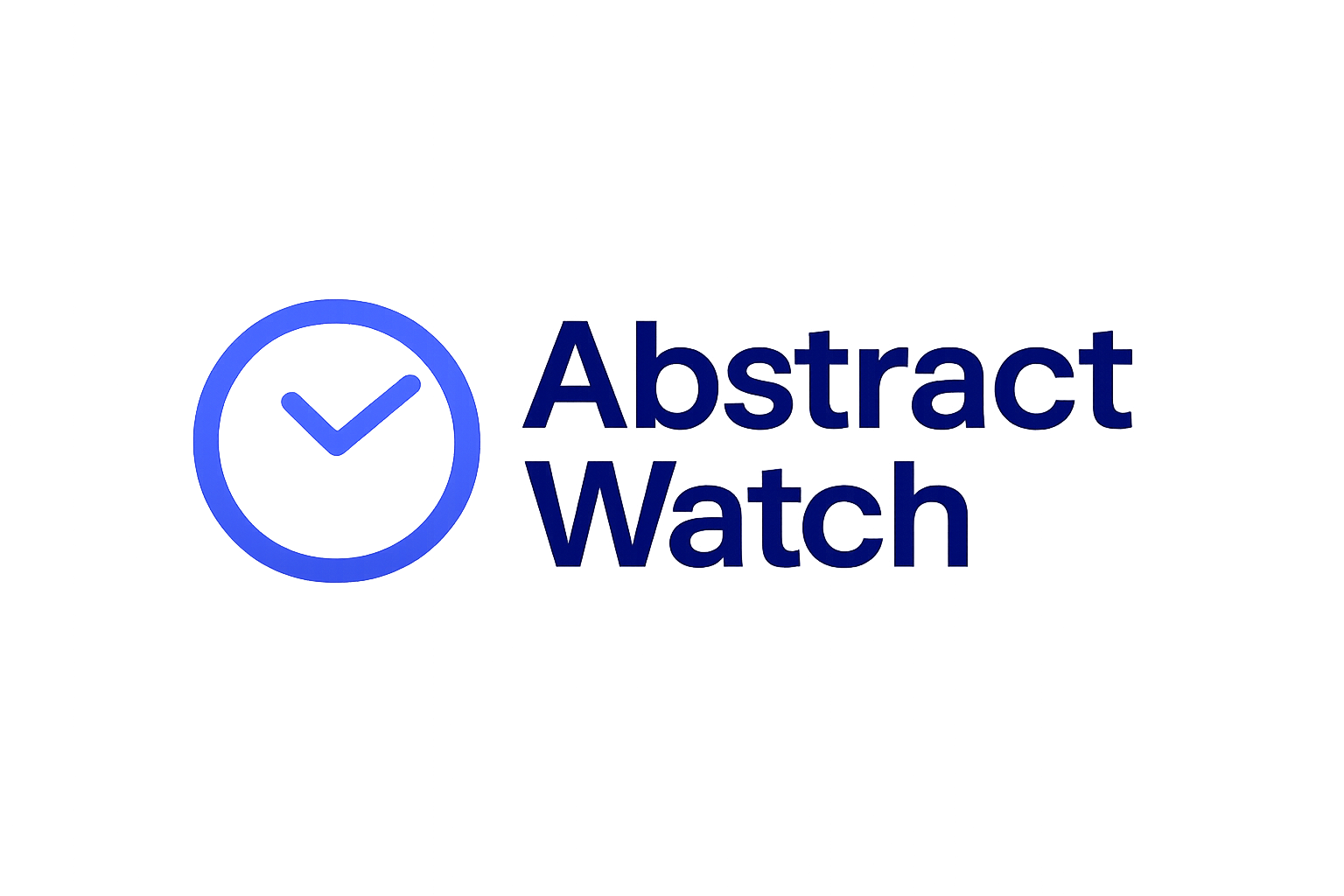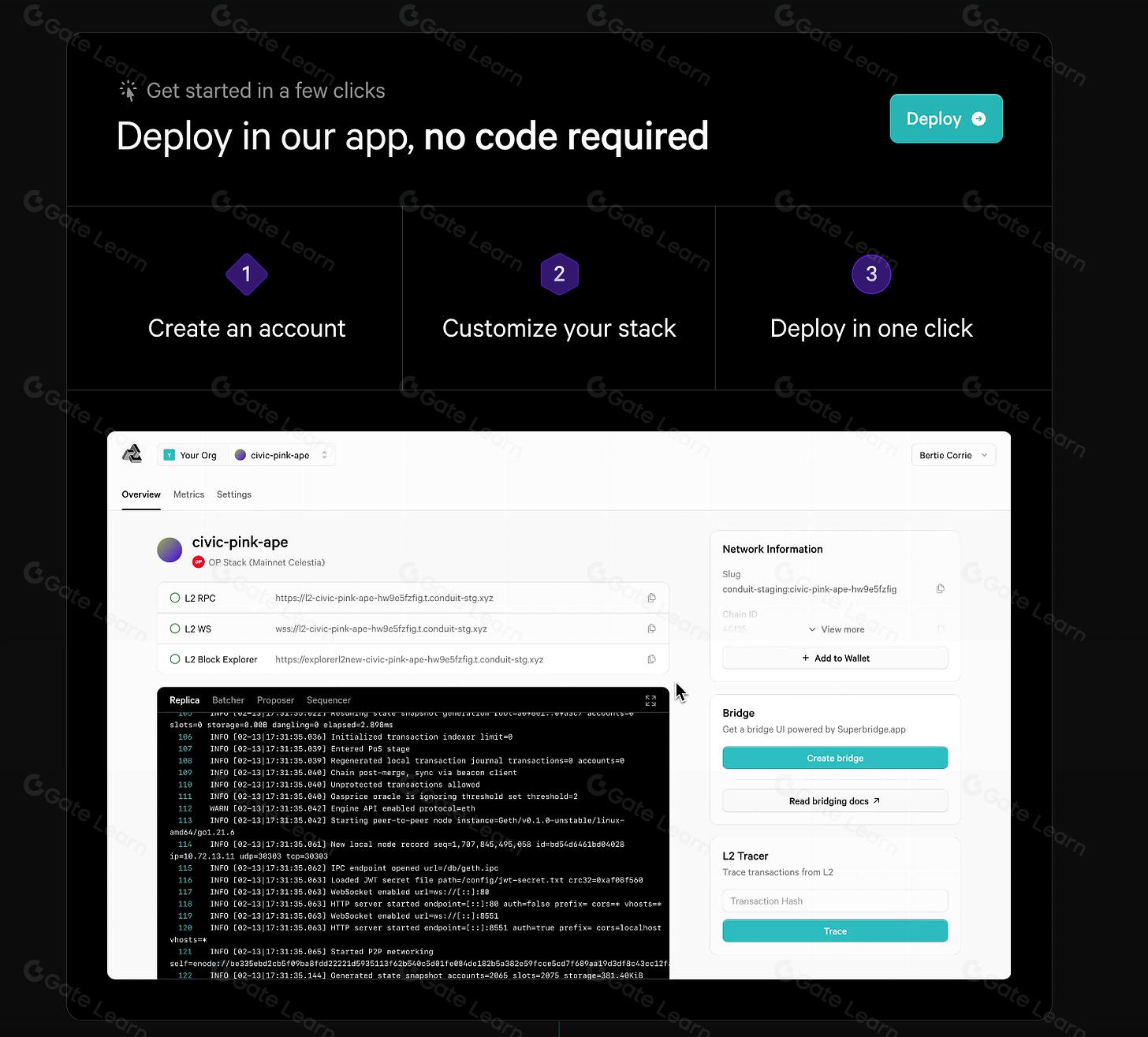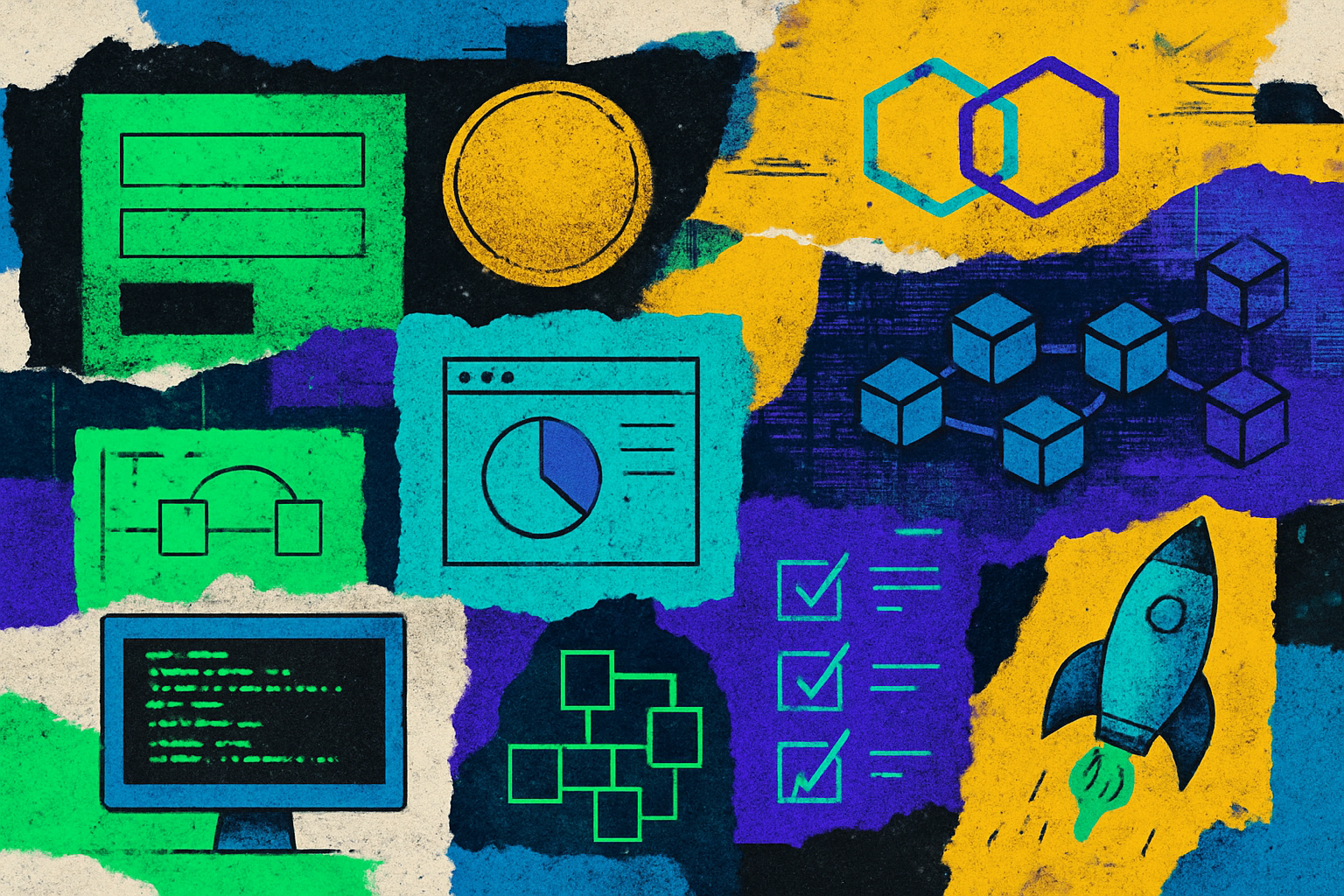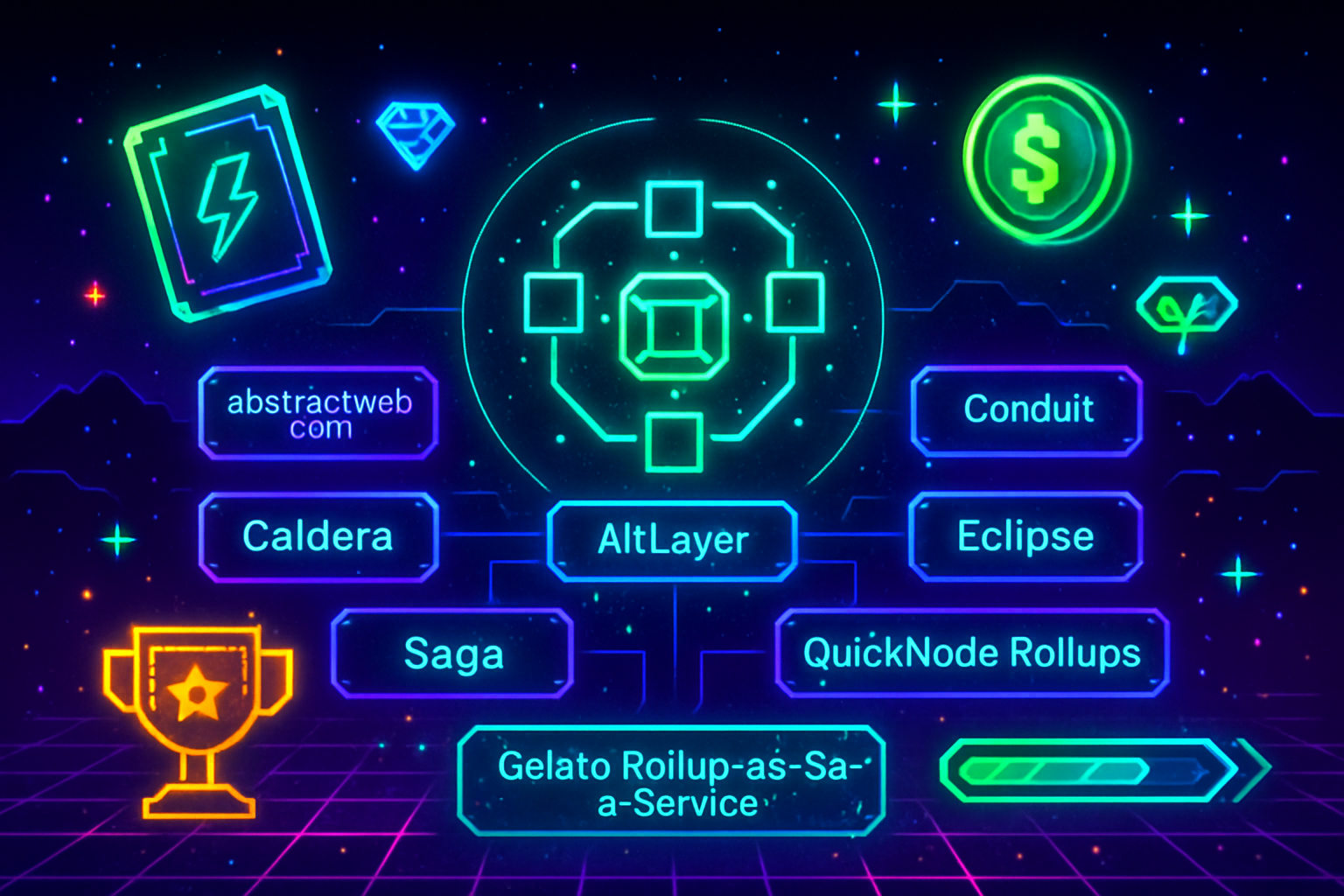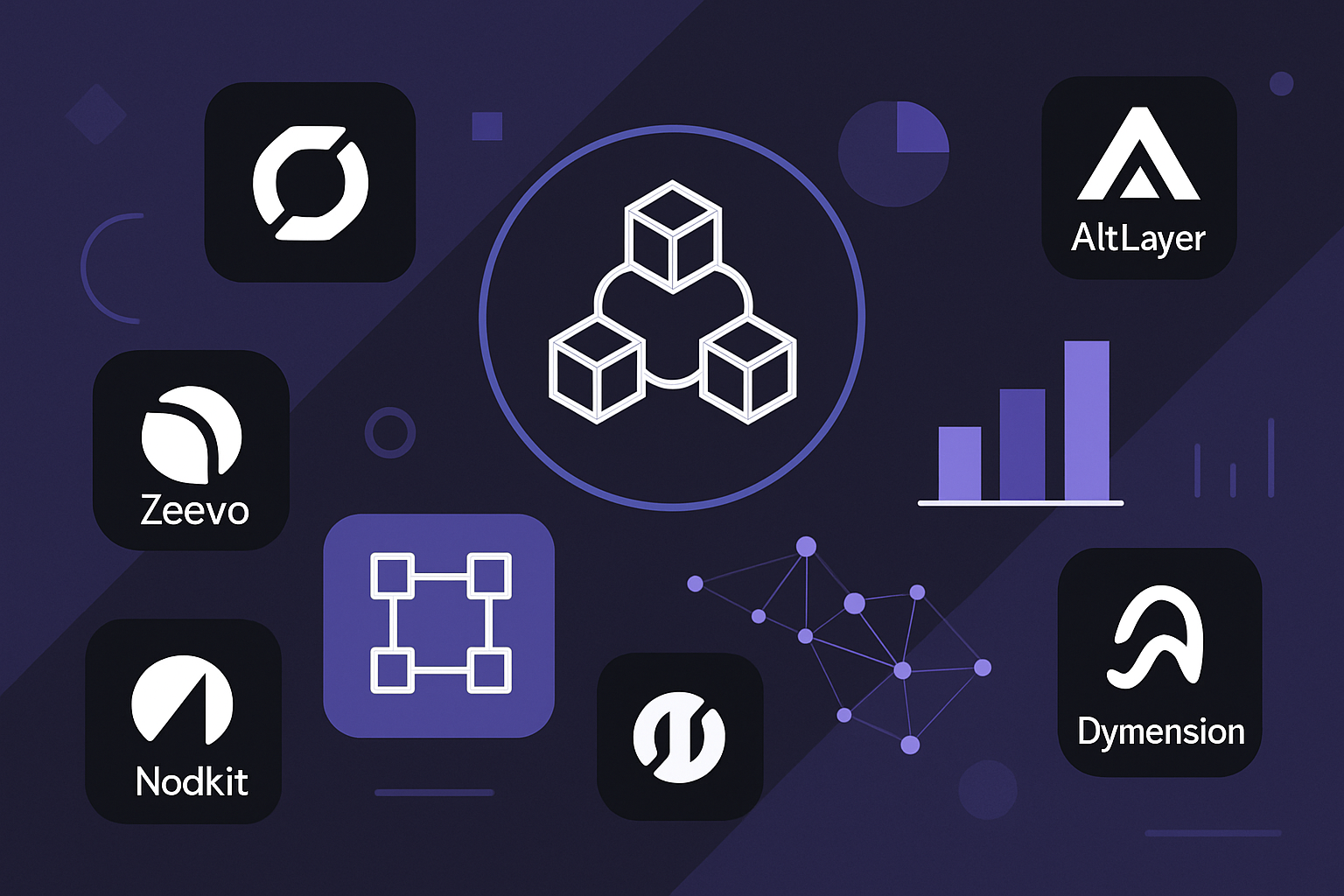
Blockchain development is evolving rapidly, and the emergence of Rollup-As-A-Service (RaaS) is a pivotal moment for developers seeking to deploy appchains without the traditional infrastructure burden. In 2025, RaaS platforms are transforming the way teams launch scalable, secure, and application-specific blockchains by abstracting away operational complexity and drastically reducing time-to-market.

What Are Rollups-as-a-Service and Appchains?
A rollup is a specialized blockchain that enhances mainnet scalability by moving computation and data storage off-chain. Instead of executing every transaction on Ethereum or another Layer 1, rollups process transactions on their own network, then submit succinct proofs to the base chain for finality. This approach dramatically increases throughput while maintaining security guarantees.
Appchains, or application-specific blockchains, are custom rollups tailored to serve a single decentralized application or ecosystem. By leveraging rollup technology, appchains can optimize for performance, governance, and economics specific to their use case, whether it’s DeFi protocols needing ultra-fast settlements or gaming platforms requiring low-cost microtransactions.
Rollup-As-A-Service platforms take this one step further. They provide developer-friendly tools, often no-code or low-code interfaces, to streamline the deployment of these custom rollups. The result? Developers can launch robust appchains in minutes instead of months, focusing on core innovation rather than backend maintenance.
The Shift: From Infrastructure Headaches to Instant Appchain Deployment
The historical challenge with launching a dedicated blockchain was twofold: complexity and cost. Teams needed deep protocol expertise and significant resources to manage nodes, consensus layers, data availability solutions, and ongoing upgrades. This high barrier meant only well-funded projects could consider appchain strategies.
RaaS changes this paradigm entirely. As highlighted by leading industry sources:
- Simplified Deployment: Platforms like Asphere offer no-code deployers that let users customize and launch modular rollups with just a few clicks, no specialized infrastructure team required (see more here).
- Cost Efficiency: By abstracting infrastructure management, RaaS reduces both CAPEX (hardware investment) and OPEX (ongoing maintenance), making custom chains accessible even for early-stage startups.
- Customization: Developers can select frameworks (Optimistic vs zk-Rollups), choose data availability providers, set fee models, and integrate with preferred settlement layers, all within intuitive dashboards.
- Performance Gains: Solutions like Caldera achieve block times as low as 10-100 milliseconds compared to Ethereum’s average of 10-12 seconds, crucial for applications where user experience hinges on speed.
The RaaS Competitive Landscape: Key Players and Innovations
The RaaS ecosystem is growing quickly in both depth and breadth. Notable providers such as Instanodes support rapid deployment of both zk-Rollups and Optimistic Rollups with robust infrastructure support. AltLayer stands out by enabling multi-chain deployment options through modular architectures that cater to diverse needs, from NFT marketplaces to enterprise supply chain solutions.
This competitive landscape benefits developers directly: more choices mean greater flexibility in matching technical requirements with business goals. For those interested in exploring how these platforms are revolutionizing scalability for appchains specifically, see our detailed analysis at this resource.
Beyond deployment speed and cost, another core advantage of Rollup-As-A-Service lies in operations and maintenance. RaaS providers typically offer integrated monitoring, automated upgrades, and built-in analytics. This means developers are no longer burdened with manual node updates or troubleshooting consensus issues. Instead, they can rely on service-level agreements (SLAs) for uptime and security, focusing their talent on product innovation rather than firefighting infrastructure bugs.
Security is a non-negotiable for any blockchain application. Leading RaaS platforms continuously audit their rollup frameworks and provide standardized security modules, like fraud proofs for optimistic rollups or validity proofs for zk-rollups. By leveraging these pre-audited components, projects significantly reduce the risk of introducing critical vulnerabilities at launch. The result is a safer environment for both developers and end-users.
Interoperability is also being redefined by RaaS. Multi-chain deployment options let projects launch appchains that bridge liquidity and users across ecosystems. For example, AltLayer’s modular stack enables seamless integration with different Layer 1s or data availability layers, while maintaining consistent developer tooling. This flexibility future-proofs projects against the rapidly evolving blockchain landscape.
Top Benefits of Rollup-As-A-Service for Appchain Deployment
-
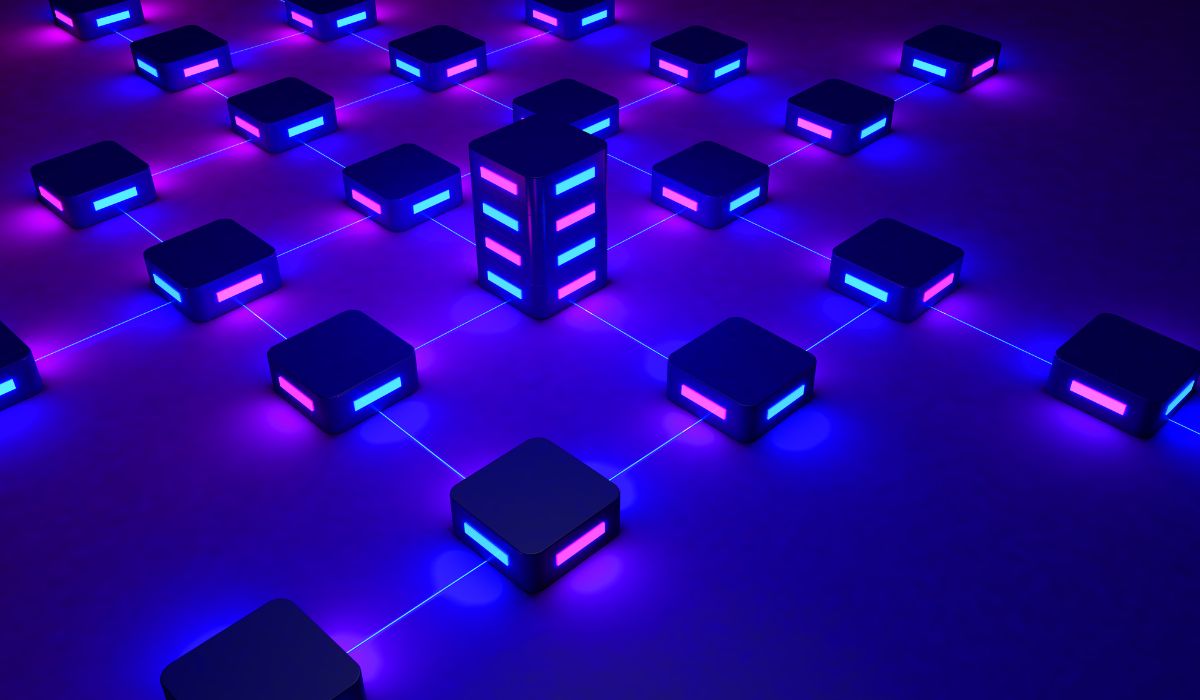
Cost Efficiency: By abstracting away infrastructure management and reducing operational overhead, RaaS solutions provide a cost-effective pathway for building and deploying rollup networks, eliminating the need for specialized infrastructure teams.
-

Customization and Flexibility: Developers can tailor their rollups to specific use cases, selecting from frameworks such as Optimistic or zk-Rollups, and choosing preferred data availability and settlement layers. Platforms like AltLayer support modular rollup architectures for diverse needs.
-
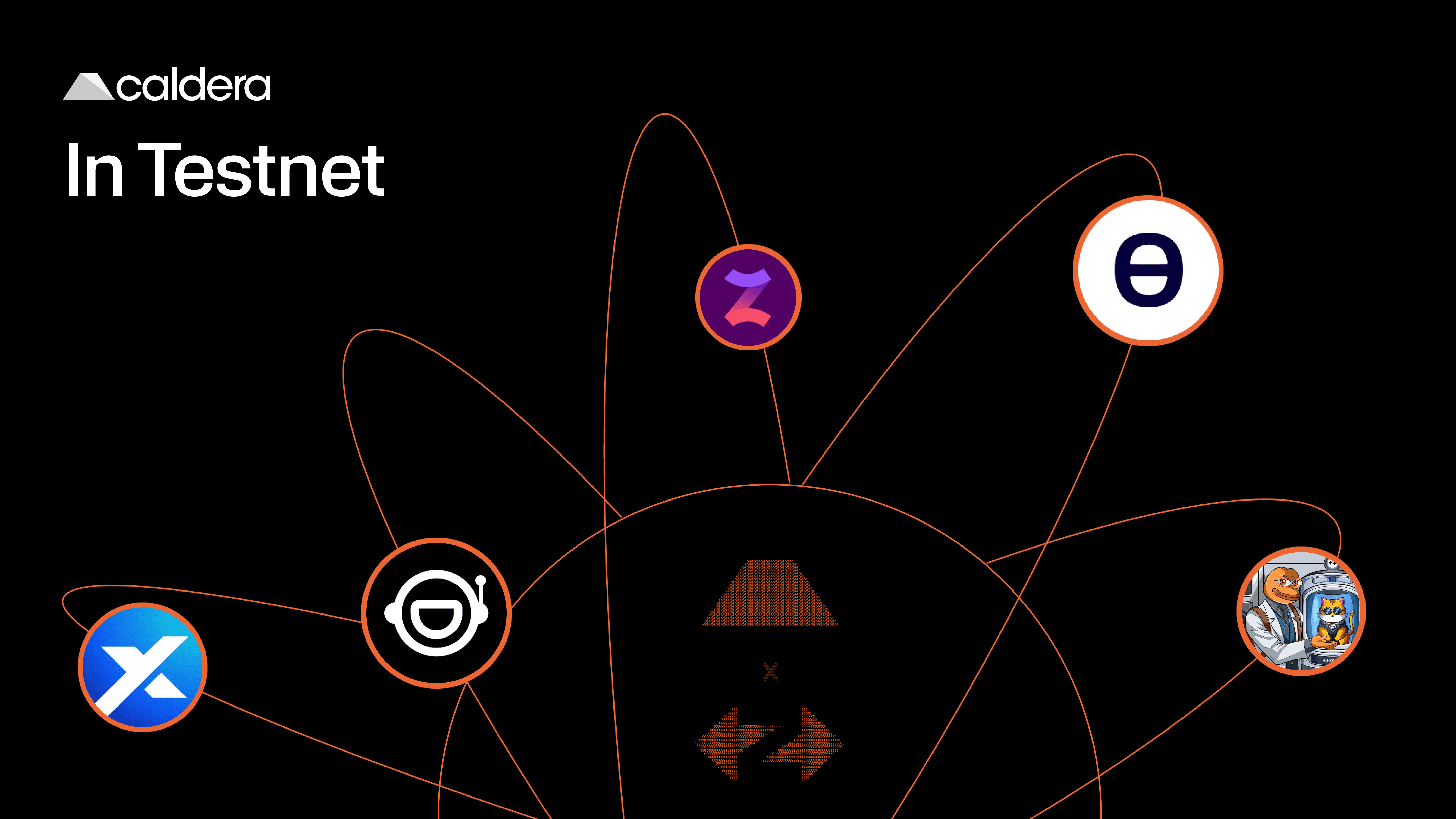
Enhanced Scalability and Performance: RaaS platforms enable high transaction throughput and low latency. For example, Caldera achieves block times of 10-100 milliseconds, compared to Ethereum’s 10-12 seconds, significantly improving user experience and scalability.
-
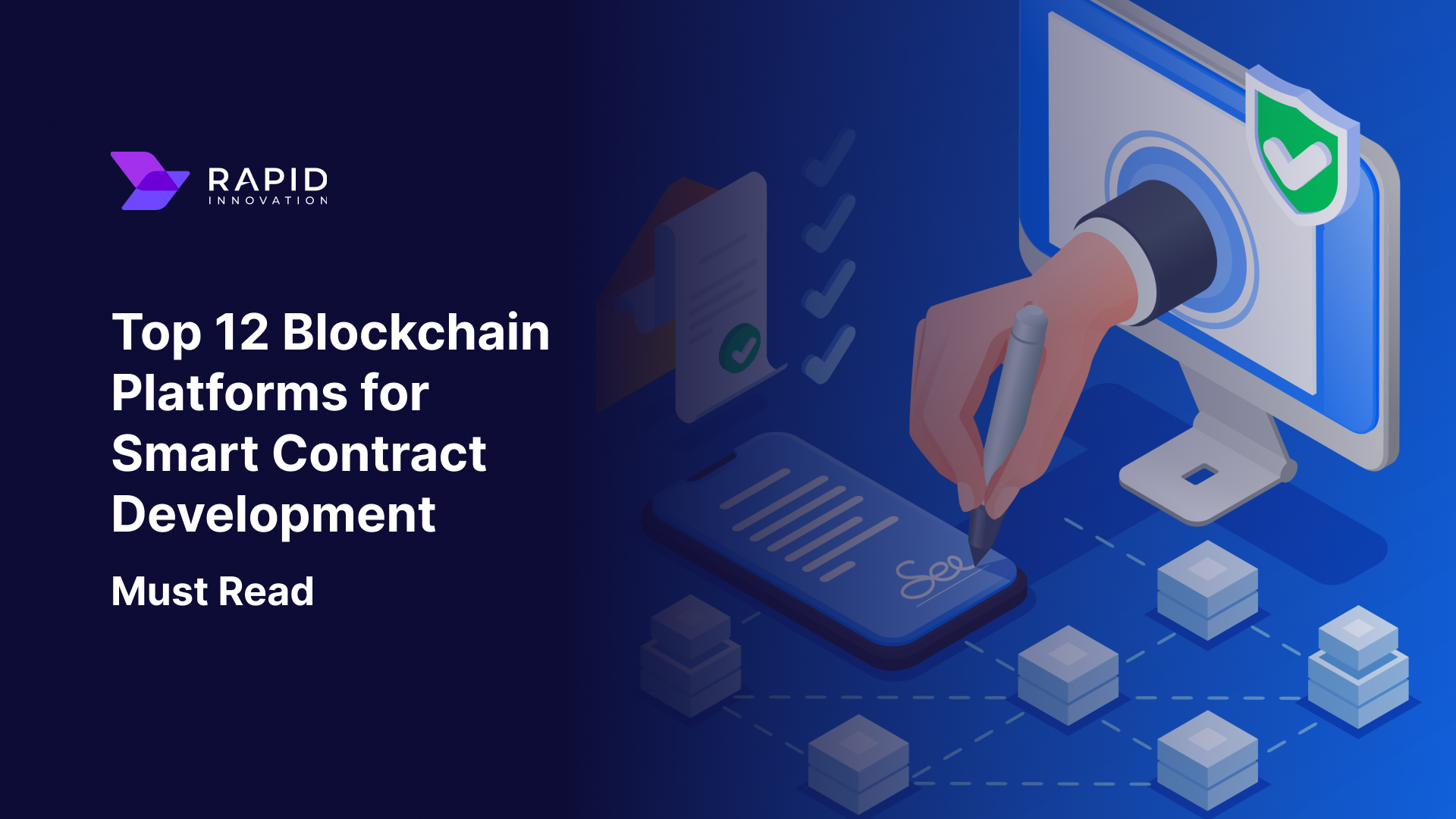
Rapid Innovation and Focus: By handling the complexities of rollup infrastructure, RaaS lets development teams focus on building application logic and unique features, accelerating time-to-market for new blockchain applications.
Practical Impact: Real-World Use Cases Accelerated by RaaS
The tangible impact of RaaS is already visible across several verticals:
- DeFi Platforms: Launching dedicated appchains to isolate risk, optimize transaction costs, and accelerate settlement times, enabling new financial primitives previously impractical on congested Layer 1s.
- Gaming and NFT Marketplaces: Achieving sub-second transaction finality and negligible fees, crucial for user engagement in high-frequency environments.
- Enterprise Solutions: Deploying private or permissioned rollups tailored to supply chain management, identity verification, or regulatory compliance without sacrificing scalability or composability.
For a step-by-step guide on launching your own custom appchain using abstract rollup technology, check out our comprehensive walkthrough at this link.
What’s Next? The Future of Appchain Deployment
The rapid growth of Rollup-As-A-Service platforms signals a paradigm shift: as barriers to blockchain infrastructure fall away, developer focus shifts squarely to application logic, user experience, and ecosystem design. We’re entering an era where launching an appchain is as straightforward as deploying a cloud-native web application, a transformation reminiscent of the SaaS revolution in traditional software.
This democratization will likely spur an explosion in specialized blockchains serving niche communities and industries. With composable modules and cross-chain interoperability becoming the norm, expect even more experimentation at the intersection of DeFi, gaming, AI-data marketplaces, and beyond.
The bottom line: Rollup-As-A-Service empowers blockchain developers to move fast without breaking things, launching secure, high-performance appchains tailored precisely to their vision. As this technology matures, it will be foundational to the next wave of decentralized innovation.
